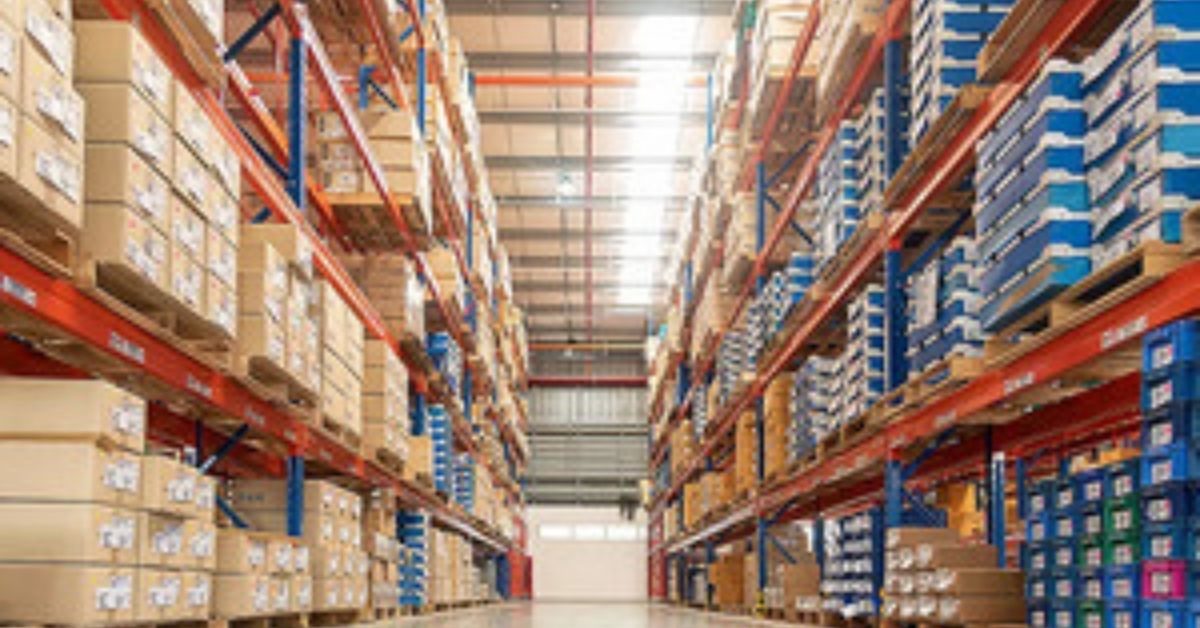The warehousing sector is expected to record the highest ever absorption of warehousing this year due to the aggressive expansion of e-commerce and the growth of third-party logistics (3PL) companies, according to transaction advisors and industry experts.
In 2021 itself, the net absorption of warehousing space rose to 39.2 million sq ft, surpassing not only 2020’s absorption level of 22.1 million sq ft but also the 36.3 million sq ft registered in the pre-pandemic year of 2019. And the current pipeline of impending transactions is projected to drive net absorption of 42.5 million sq ft in 2022, according to data from JLL India.
“The demand for warehousing is rising and enquiry levels are seeing robust growth. This demand dynamic will only strengthen further, catalysed by the Production Linked Incentive scheme (PLI) stimulus and the $1.4 trillion Gati Shakti investment supporting India’s logistics infrastructure,” said Rahul Pandit, CEO, Horizon Industrial Parks.
According to him, the convergence of a massive uptick in e-commerce enabled consumer and lifestyle demand, bolstered by industrial capex looking at accelerated production via plug-and-play factory solutions, has ensured that the entire Horizon Industrial Parks’ portfolio is operating at 100% occupancy.
“All three main drivers of the logistics and industrial segment–manufacturing, warehousing, and investments–are showing bullish indicators. Within the manufacturing sector, the government’s policies continue to incentivize growth as we can see significant investments from both multinationals and domestic companies with plans to ramp up. In terms of the warehousing sector, we have witnessed unprecedented growth driven by 3PL and logistics players, retail, and e-commerce in tier I as well as tier II cities,” said Sanjay Bajaj, Managing Director (Logistics and Industrial) India, JLL.
The average size of grade A warehouses, according to him, has doubled from 80,000 sq ft in 2016 to 160,000 sq ft in the first half of 2022, he added
Industry estimates show e-commerce companies like Flipkart and Amazon have leased over a quarter of India’s total warehouse capacity in the last two years. This is projected to accelerate further because of a wider shift in consumer purchasing behaviour following the advent of the Covid19 pandemic.
The spurt in demand for warehousing spaces has also started to drive rentals in this segment higher. Rents in key warehousing markets have risen over 5-7% so far in 2022 as against a compounded annual growth rate (CAGR) of not more than 3% witnessed between 2015 and 2021.
Warehousing companies operating not only in peripheral areas of key consumption centres including the Mumbai Metropolitan Region (MMR), the Delhi-National Capital Region, Bangalore, Pune and Hyderabad, but also tier two cities including Ahmedabad, Lucknow, Chandigarh and Nagpur are experiencing higher demand for warehouse space.
The warehousing segment is witnessing the emergence of tier II cities, with private equity funds looking to invest in secondary cities in the country that are experiencing greater warehousing absorption with big ecommerce companies.
The warehousing segment has been witnessing increasing interest from institutional investors, with more than $5 billion funds committed by private equity firms and pension funds such as CPPIB, Warburg Pincus and Ivanhoe Cambridge over the past five years.
Global investors such as Morgan Stanley have also come back into Indian properties and have bought controlling stakes in warehousing projects recently.
The warehousing and logistics segment of real estate, which has emerged as relatively immune to the shocks of Covid-19, is expected to gain further strength and attract more investment in the next couple of years. A favourable regulatory environment, along with the government’s support through policy and reforms, has started to boost spending on infrastructure and, in turn, the overall demand for modern warehousing.









